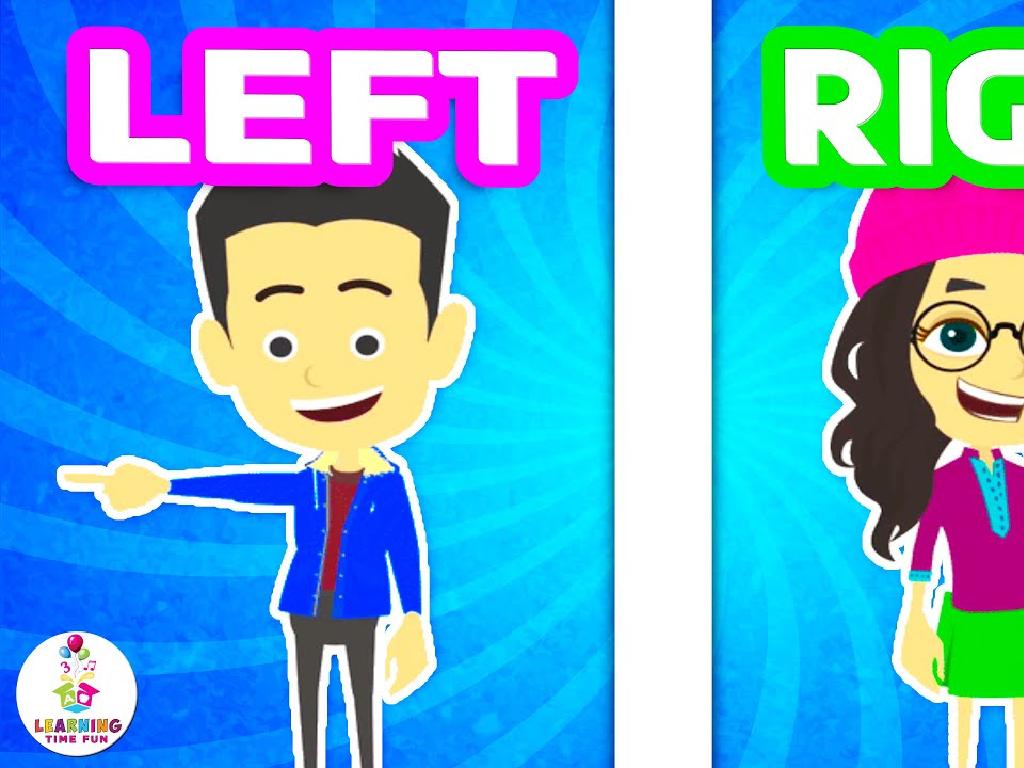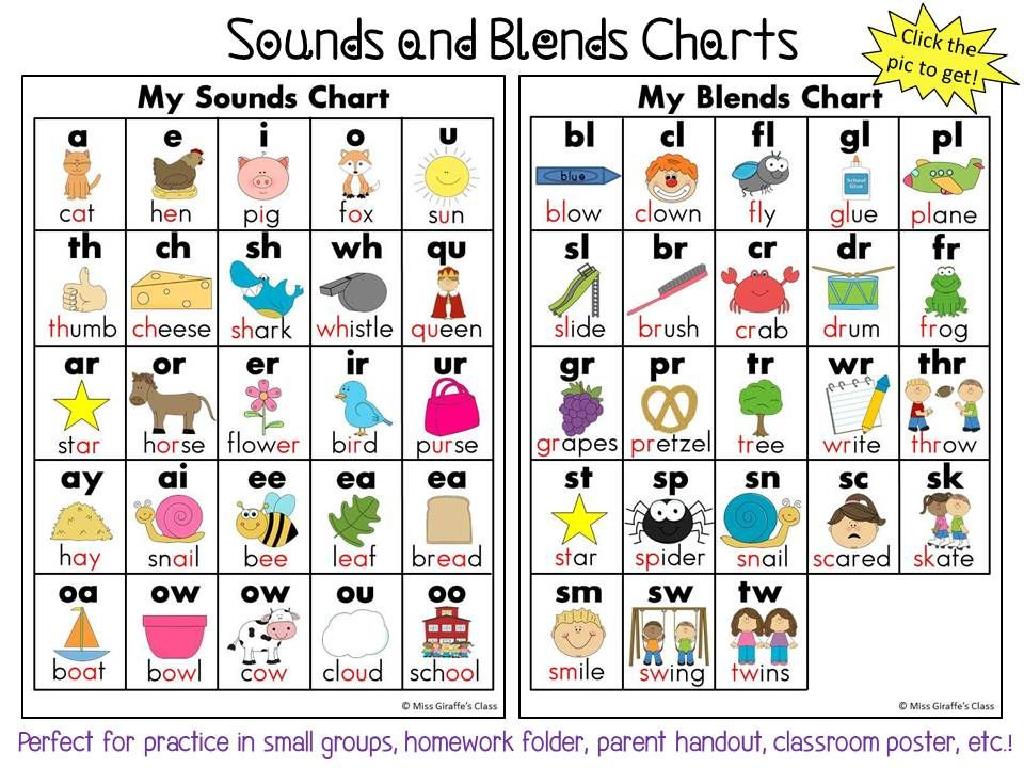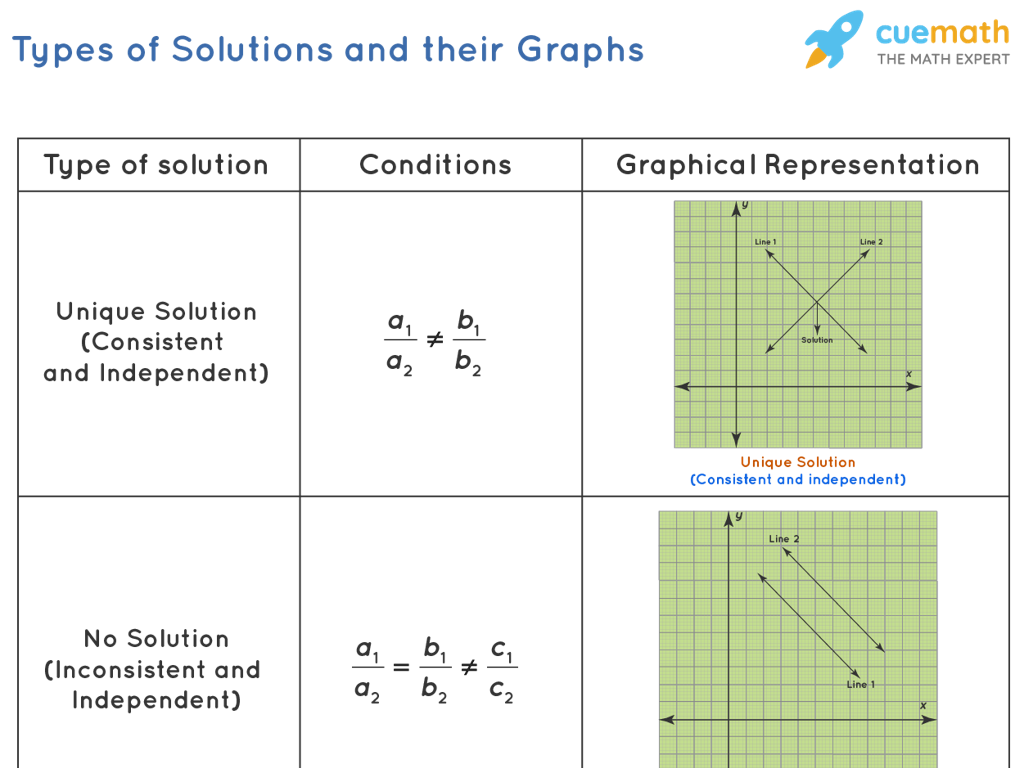Word Problems With Unknown Sums And Differences - Up To 10
Subject: Math
Grade: First grade
Topic: Addition And Subtraction Word Problems Up To 10
Please LOG IN to download the presentation. Access is available to registered users only.
View More Content
Math Adventures: Becoming Math Detectives
– Embrace your inner math detective
– Solve number mysteries up to 10
– Use addition to find unknown sums
– If you have 3 apples and get some more, and now have 7, how many did you get?
– Use subtraction for unknown differences
– If you had 8 candies and ate some, leaving you with 5, how many did you eat?
|
In this engaging lesson, students will apply their addition and subtraction skills to solve word problems involving unknown sums and differences within 10. Encourage them to visualize the problems with real-life objects or scenarios to make the math concepts more tangible. For example, use apples to represent addition or candies for subtraction. This will help them understand the practical application of math in everyday life. Prepare to guide them through the process of setting up equations based on the word problems and using counting strategies or manipulatives to find the solutions. The goal is to make them comfortable with the idea of ‘finding the missing piece’ in a fun and interactive way.
Understanding Word Problems: Finding Clues
– Word problems are number stories
– Figure out the story’s question
– Clues help us solve the problem
– Words like ‘altogether’ or ‘left’ give hints
– Practice with an example
– If Sam had 3 apples and got 2 more, how many does he have now?
|
This slide introduces first graders to the concept of word problems as stories that involve numbers. Emphasize that word problems require us to read carefully to understand what is being asked. Teach students to look for keywords or phrases that indicate whether to add or subtract. For example, ‘altogether’ might suggest addition, while ‘left’ could indicate subtraction. Use simple, relatable examples to illustrate the concept. Encourage students to visualize the problem and use objects or drawings to help them find the solution. The example provided should be worked through as a class, with the teacher guiding the students through the process of identifying the clues and determining the correct operation to find the answer.
Solving Addition Word Problems
– Understanding addition
– Addition means putting together numbers
– Key words to look for
– Words like ‘in all’, ‘altogether’, ‘combined’ mean add
– Example problem
– If 3 apples are joined by 2 more, how many in total?
– Solving the example
– 3 apples + 2 apples = 5 apples
|
This slide introduces first graders to the concept of addition as combining numbers. Emphasize that addition is not just about numbers but also about understanding the story in the problem. Teach them to identify key words that signal addition, such as ‘in all’, ‘altogether’, and ‘combined’. Use simple, relatable examples like combining apples to illustrate the concept. Walk through the example problem by counting the total number of apples together. Encourage students to visualize the problem with actual objects or drawings to aid comprehension. Reinforce the idea that addition brings things together to find ‘how many in total’.
Subtraction Word Problems: Taking Apart and From
– Understanding subtraction
– Subtraction means taking away from a group.
– Key words: ‘left’, ‘remain’, ‘less’
– Words that signal subtraction in a story.
– Example problem
– If 5 oranges are there and 2 are eaten, how many are left?
– Solving the problem
– Subtract the eaten oranges from the total.
|
This slide introduces first graders to the concept of subtraction as a means of taking apart and taking from within the context of word problems. Emphasize the importance of looking for keywords that indicate subtraction such as ‘left’, ‘remain’, and ‘less’. Use the example to show how these words help us understand what to do with the numbers in the problem. Walk through the example problem by demonstrating how to subtract the number of oranges eaten from the total number of oranges to find out how many are left. Encourage students to visualize the problem with actual oranges or manipulatives to enhance understanding. The goal is for students to become comfortable with identifying and solving basic subtraction word problems.
Math Detectives: Finding the Unknown
– Understanding missing numbers
– Being math detectives
– Think like detectives to find the missing piece in a math story
– Using clues to solve problems
– Clues are in the numbers and words of the problem
– Example: Birds on a tree
– 4 birds were on the tree, then there were 6. How many joined?
|
In this activity, students will learn to identify the unknown in simple addition and subtraction problems. Emphasize that sometimes, not all information is given, and they have to find the missing piece, just like detectives look for clues. Use the example of birds on a tree to illustrate how to find out how many birds came to the tree by looking at the difference in the number of birds before and after. Encourage students to use objects, fingers, or drawings to visualize the problem and find the solution. This will help them understand the concept of unknowns in equations and prepare them for more complex problems in the future.
Let’s Practice Together: Solving Word Problems
– I’ll show you a word problem
– Look for clues in the story
– Words like ‘altogether’ or ‘in total’ might mean we need to add
– Decide: add or subtract?
– Words like ‘left’ or ‘fewer’ might mean we need to subtract
– Let’s find the unknown number!
|
This slide is designed to engage students in a collaborative problem-solving activity. Present a simple word problem to the class, and guide them through the process of identifying key words and phrases that indicate whether to add or subtract. Encourage students to participate by asking them what the problem is asking us to find and how we might figure it out. Use manipulatives or drawings to visually represent the problem, if necessary. This will help students to better understand the concept of finding unknown sums and differences. Prepare to offer praise and support as they work through the problem, and ensure that each student feels included in the team effort.
Your Turn to Be Math Detectives!
– Solve word problems independently
– Find the unknown numbers
– Use your detective skills
– Think: What is the story asking? What is missing?
– Ask for help if needed
– It’s okay to ask questions!
|
This slide is designed to encourage students to apply their knowledge of addition and subtraction to solve word problems with unknown sums and differences up to 10. Remind them to look for keywords in the problem that indicate whether to add or subtract. Encourage them to visualize the problem, perhaps by drawing a picture or using physical objects to represent the numbers. Let them know that it’s okay to ask for help if they’re stuck. Provide guidance but allow them to think independently. Possible activities: 1) Have students work in pairs to solve problems. 2) Create a ‘math detective’ role-play scenario. 3) Use manipulatives like counters or blocks. 4) Encourage students to write their own word problems. 5) Offer a ‘hints’ corner where students can go for extra clues.
Class Activity: Math Mystery Bags
– Mystery bags with objects
– Bags show number of objects
– Work in pairs for correct count
– Add or remove objects as needed
|
This activity is designed to help students practice addition and subtraction within 10 in a fun and interactive way. Each mystery bag will have a certain number of objects along with a number indicating how many objects should be inside. Students will work in pairs to determine if they need to add more objects or take some out to match the given number. Teachers should prepare bags with various numbers of objects and ensure that there are enough materials for all student pairs. Possible variations of the activity could include having students guess before checking inside the bags, timing the activity for a little competitive fun, or having students write down the math problem they solved.






